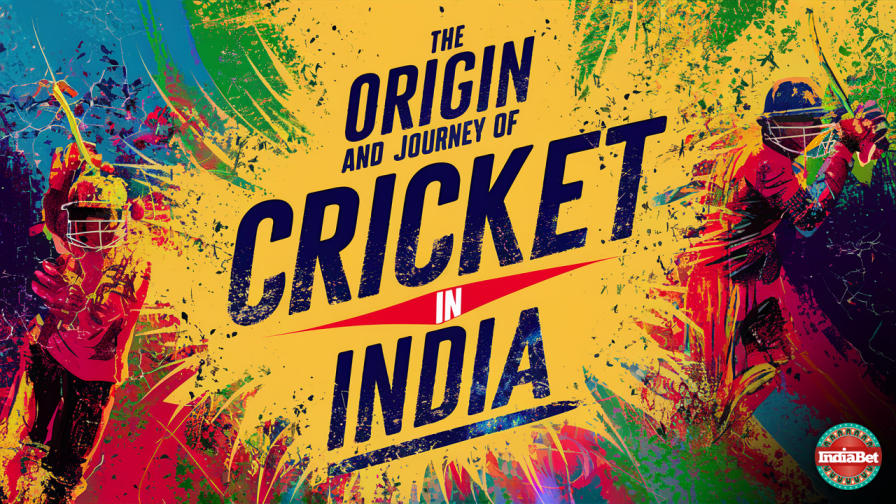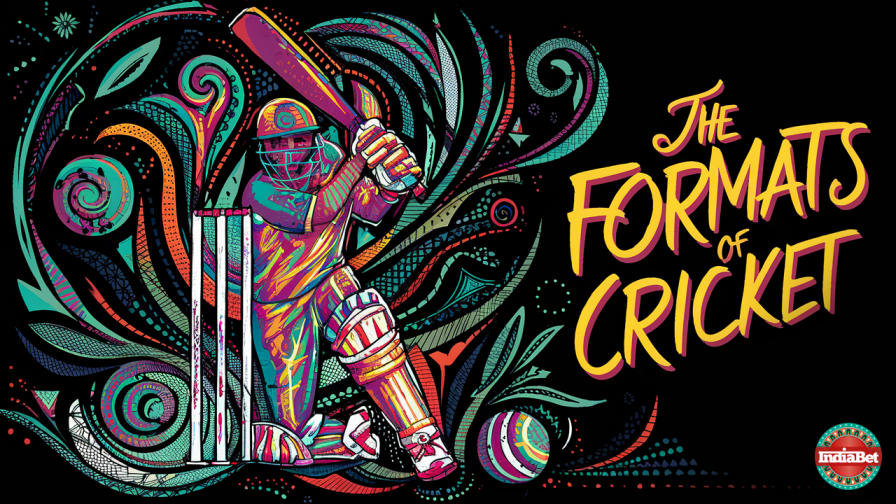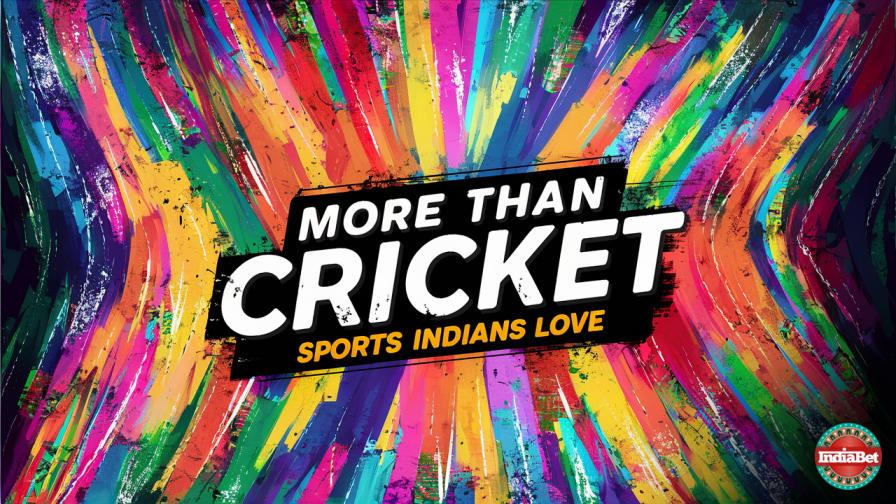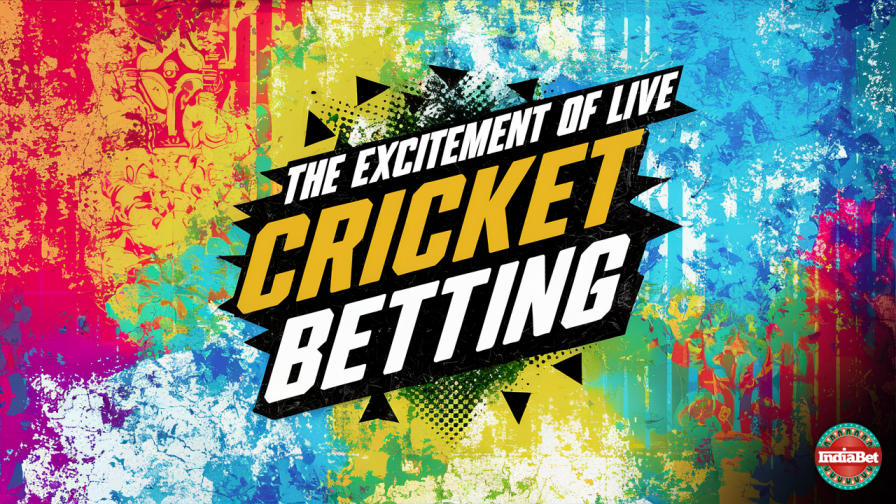
Tracing the history of cricket in India reveals a story deeply rooted in the country's past, stretching back centuries to its colonial origins. This overview provides a detailed exploration of how cricket evolved from a colonial import to a national passion, shaping the sporting landscape of India.
Arrival
The earliest record of cricket in India comes from 1721, with English sailor Clement Downing documenting playing it with colleagues. By the 18th century, British East India Company officials and settlers played amongst themselves, establishing the first club in Calcutta in 1792.
Early Adoption
Indian elites were quick to take up the game, playing alongside and against the British. The prominent "Bombay Presidency Match" (later Bombay Triangular/Quadrangular) saw fierce competition between European and Indian teams, fostering local talent. By 1848, the Parsis, an Indian community, formed the Oriental Cricket Club, showcasing strong cricketing interest amongst Indians.
Evolution and Rise
The late 19th century saw the development of organised tournaments and first-class cricket in India. Indian teams toured England in the 1880s, marking a shift from recreational play to competitive cricket. With Independence in 1947, cricket became a national symbol, uniting the country and igniting passion for the sport. The BCCI's formation in 1929 and India's Test debut in 1932 solidified its international presence.
Post Independence
After gaining independence, cricket continued to grow in India, becoming more inclusive and accessible to people from all backgrounds. The Indian cricket team made steady progress in international cricket, with players like Vinoo Mankad, Sunil Gavaskar, Kapil Dev, and Sachin Tendulkar emerging as national heroes. India's victory in the 1983 Cricket World Cup under Kapil Dev's captaincy was a watershed moment, inspiring generations of cricket enthusiasts across the country.
Commercialisation
The late 20th century witnessed the commercialisation and globalisation of cricket, with the advent of television broadcasting, sponsorship deals, and lucrative tournaments. The Indian Premier League (IPL), launched in 2008, revolutionised the sport, attracting top players from around the world and elevating the profile of domestic cricket in India.
Technological Advancements
The use of technology, such as Hawk-Eye, Snickometer, and Decision Review System (DRS), has transformed cricket, providing more accurate umpiring decisions and enhancing the viewing experience for fans. India has been at the forefront of adopting and implementing these technologies in both domestic and international matches.
Women's Cricket
The growth of women's cricket in India has been remarkable, with the national team achieving significant success in international competitions. Players like Mithali Raj, Jhulan Goswami, and Smriti Mandhana have inspired a new generation of female cricketers and garnered widespread recognition for their achievements on the global stage.
Infrastructure
India has invested heavily in cricket infrastructure and grassroots development programs to nurture young talent and promote the sport at the grassroots level. State-of-the-art stadiums, coaching academies, and talent scouting initiatives have been established across the country to identify and groom future cricket stars.
Social Impact
Cricket has transcended its status as a mere sport to become a cultural phenomenon in India, influencing fashion, entertainment, and popular culture. The success of the Indian cricket team has fostered national pride and unity, bringing people from diverse backgrounds together in support of a common cause.
Challenges
Despite its popularity, cricket in India has faced challenges, including corruption scandals, governance issues, and controversies surrounding player conduct. Efforts to maintain the integrity of the game and address these issues have been ongoing, with regulatory bodies and stakeholders implementing measures to uphold the spirit of fair play and sportsmanship.
Overall, the history of cricket in India reflects the nation's journey from colonial legacy to sporting powerhouse, marked by triumphs, challenges, and enduring passion for the game. As cricket continues to evolve in the 21st century, India remains at the forefront of shaping its future trajectory on the global stage.
Legacy
Cricket in India transcends mere sport; it is a tapestry woven into the cultural fabric, embodying national pride and unity. Icons like Sachin Tendulkar and Virat Kohli are not just athletes but symbols of excellence and perseverance. As we reflect on cricket's transformative journey from colonial pastime to a national obsession, we also look forward with optimism to its future, envisioning a sport that continues to inspire, unite, and face its challenges with integrity. In cricket, each match is more than a game; it is a chapter in an ongoing story of triumph, resilience, and collective identity.
Explore cricket's evolution in India from colonial origins to a national obsession, highlighting its cultural impact, historical milestones, and transformative figures.






 90%84%
90%84%



